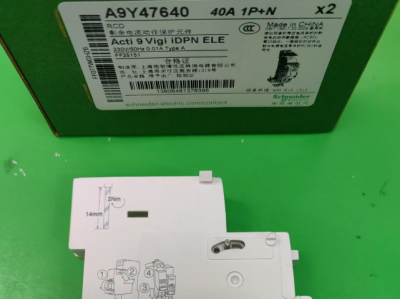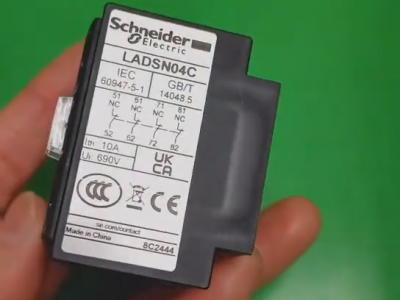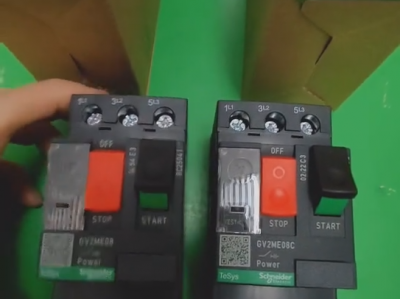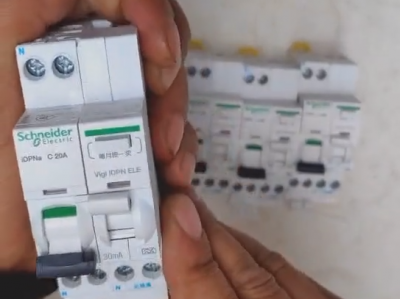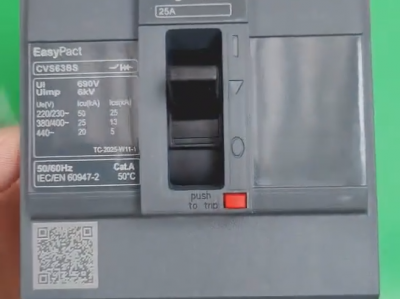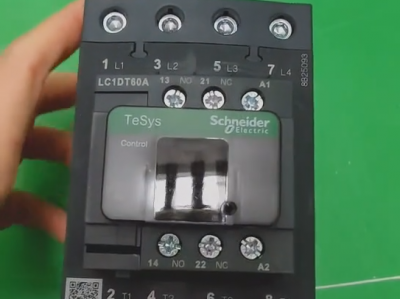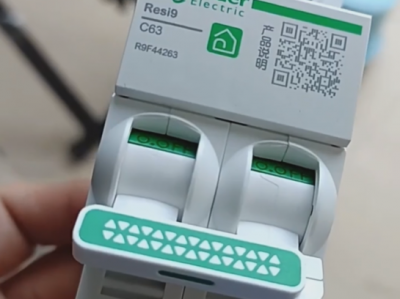Schneider IDPNa C20A miniature circuit breaker (MCB)
Product description
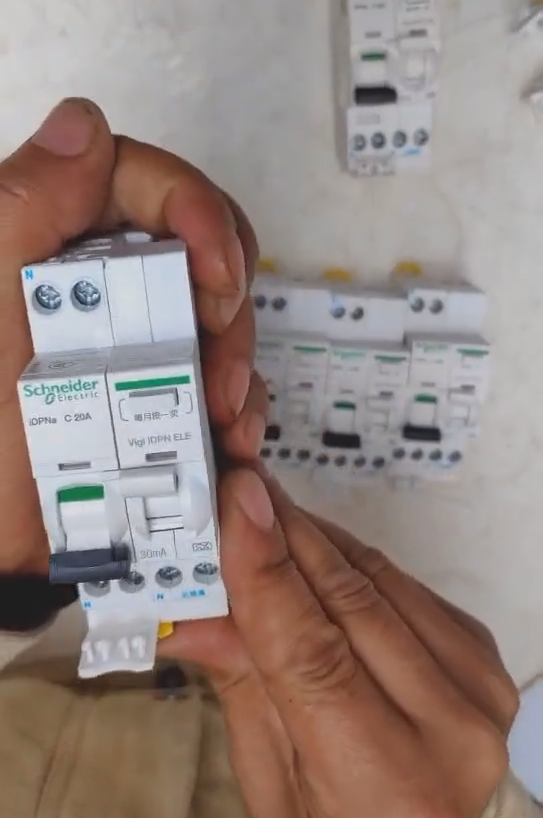
Schneider IDPNa C20A is a 1P+N miniature circuit breaker (MCB) belonging to the Acti 9 series.
Detailed Introduction
Basic Parameters
- Pole Configuration: 1P+N, which consists of 1 protective pole and 1 neutral pole, with the neutral wire positioned on the left.
- Rated Current: 20A, suitable for circuits with a rated current of 20A.
- Tripping Curve: Curve C, with the magnetic tripping limit ranging from 5 to 10 times the rated current. It is applicable to circuits with small inrush currents, such as lighting circuits.
- Breaking Capacity: Under the conditions of 230V AC and 50/60Hz, the rated breaking capacity is 4.5kA.
- Rated Voltage: The rated operating voltage is 230V AC, the rated insulation voltage is 400V AC, and the rated impulse withstand voltage is 4kV.
Performance Features
- Installation Method: Adopts DIN rail installation and is secured with a locking clip, enabling convenient and quick installation.
- Electrical and Mechanical Life: Both the electrical life and mechanical life reach 20,000 operations, ensuring high reliability and durability.
- Wiring Capacity: Equipped with tunnel-type terminals, it supports both top and bottom wiring. It can connect flexible wires (with or without wire ferrules) or single-strand rigid wires with a cross-sectional area of 1-16mm².
Compliance with Standards
It complies with standards such as IEC 60898-1 and GB 10963.1, and has obtained certifications including CE and CCC.
As a 1P+N miniature circuit breaker with Curve C, Schneider IDPNa C20A mainly focuses on overload and short-circuit protection for terminal circuits. It can cut off both the phase wire and the neutral wire simultaneously, making it suitable for various low-voltage power distribution scenarios, especially widely used in civil, commercial, and small-scale industrial settings. The specific applications are as follows:
1. Residential Scenarios: This is one of its core application scenarios. With a rated current of 20A, it is suitable for multiple independent circuits in residential buildings, such as lighting circuits in areas like living rooms and bedrooms, as well as socket circuits for small household appliances with moderate power, such as desktop computers in studies and televisions in bedrooms. Meanwhile, it can eliminate potential safety hazards caused by incorrect wiring (e.g., reversed phase and neutral wires), effectively protecting the safety of daily electricity use in households and preventing accidents like electric shocks and fires caused by circuit overload or short circuits.
2. Small-Scale Commercial Premises: It is also highly applicable to places such as small street convenience stores, community pharmacies, and small offices. The electrical equipment in these premises mainly includes cash registers, shelf lighting, small air conditioners, and printers. The single-circuit load is relatively stable and the inrush current is small, which is consistent with the Curve C characteristics of this circuit breaker. For example, in the lighting and cash register equipment circuits of convenience stores, and the dedicated circuits for office equipment in small offices, using this circuit breaker can achieve precise circuit protection and ensure stable power supply in commercial scenarios.
3. Small-Scale Industrial and Automation Auxiliary Scenarios: In the industrial field, it is often used as a protection device for auxiliary circuits rather than high-power main equipment circuits. Examples include the auxiliary power supply circuits of PLC control systems in factories, and the auxiliary lighting or small detection instrument circuits in motor control centers. Its short-circuit breaking capacity of 4.5kA enables it to handle short-circuit faults that may occur in such auxiliary circuits. Additionally, its compact size is suitable for the dense wiring requirements in industrial distribution boxes, ensuring the stable operation of industrial auxiliary systems.
4. Other Terminal Power Distribution Scenarios: It is applicable to terminal power distribution scenarios such as classroom lighting circuits in school teaching buildings, circuits for small medical auxiliary equipment in hospital outpatient rooms, and general power circuits for individual merchants in office buildings. Relying on its overload and short-circuit protection functions as well as convenient installation features, this circuit breaker can provide reliable protection for the circuits and equipment in these scenarios, meeting the refined protection needs of terminal power distribution.

